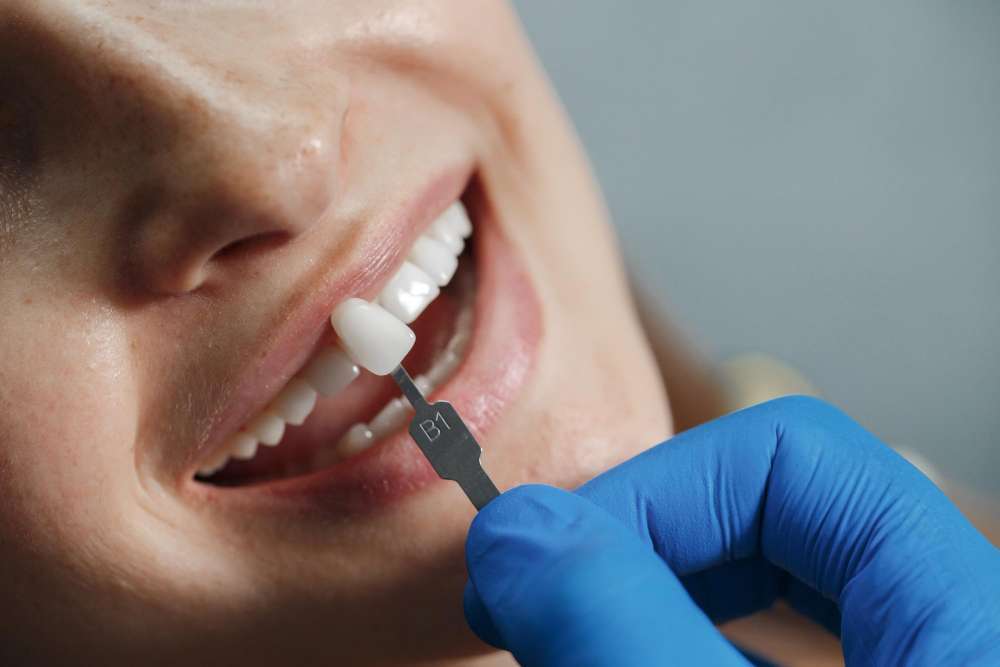About
Veneers

Some people have worn away the edges of their teeth resulting in a prematurely aged appearance, while others may have malpositioned teeth that appear crooked. Multiple veneers can close these spaces, lengthen teeth that have been shortened by wear, fill the triangles between teeth caused by gum recession, provide a uniform color, shape, and symmetry, and visually make the teeth appear straight.
A veneer is a thin layer of restorative material placed over a tooth surface, either to improve the aesthetics of a tooth, or to protect a damaged surface.
There are two main types of material used to fabricate a veneer; composite and porcelain. A composite veneer may be directly placed (built-up in the mouth), or indirectly fabricated by a dental technician in a lab, and later bonded to the tooth, typically using resin cement. In contrast, a porcelain veneer is always indirectly fabricated.
In the past, the only way to correct dental imperfections was to cover the tooth with a crown.
Today, in most cases there are several alternatives: crown, composite resin bonding, cosmetic contouring or orthodontics.

